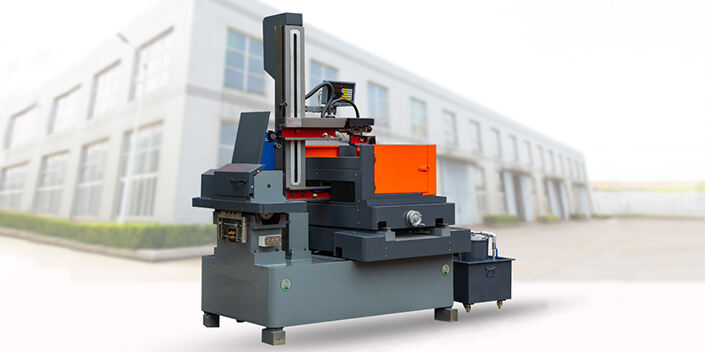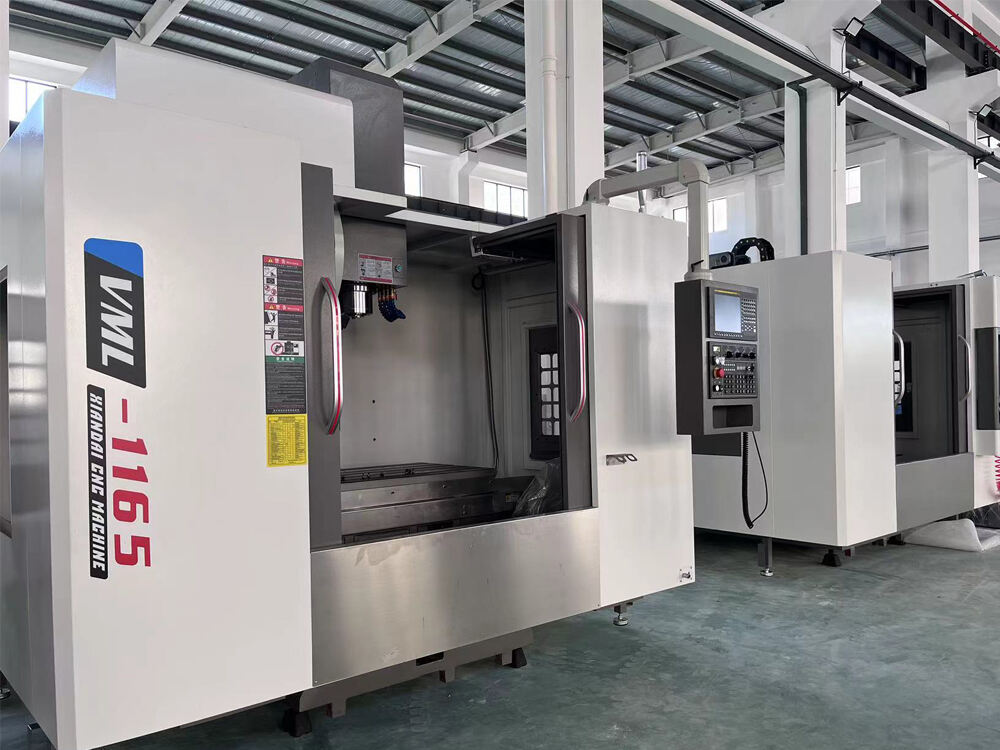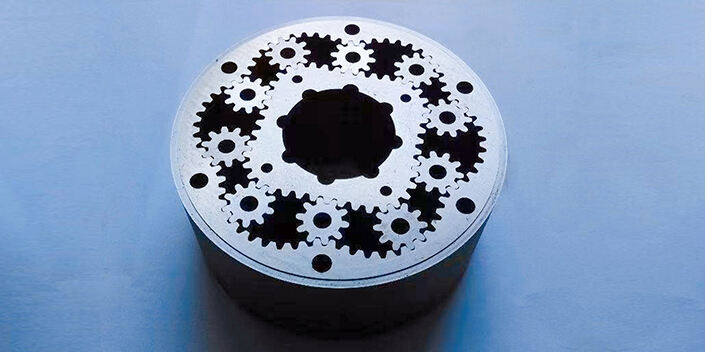Understanding Welding Parameters and Their Influence on Pipe Quality
The settings used during welding have a major impact on how good the final weld turns out, particularly important stuff like pipe welding where everything needs to hold together properly. Things like voltage levels, amperage settings, how fast the torch moves across the metal, and even the way the electrode is held all matter quite a bit. These different elements basically control what happens with the weld itself, affecting things that really count such as how deep the metal gets fused together and whether the electric arc stays steady throughout. Take welding current for example it directly affects how much the metal melts through. And then there's the electrode angle, which makes all the difference in where the molten metal goes and how evenly it spreads along the joint being welded.
Welding parameters have a major effect on the final quality of pipes. When these settings get tweaked even slightly, they change how strong the weld is, how resistant it becomes to corrosion, and how long it will last overall. For instance, cranking up the current might boost strength but often creates messy spatter unless carefully managed. Slowing down the electrode travel speed can give better fusion results, though there's always the danger of overheating that causes warping problems. Getting these parameters right matters a lot because small changes really do make big differences in whether pipes hold up against all sorts of environmental stressors and keep working for years. The importance becomes even clearer when looking at high precision applications like wire EDM operations. Here, poor welding quality translates directly into headaches during production runs, sometimes causing entire batches to fail or requiring expensive rework later on.
The Role of Welding Current in Pipe Quality
Understanding the significance of amperage settings is crucial as it directly influences the welding quality when dealing with different materials and thicknesses. Welders must carefully adjust the welding current to ensure sufficient penetration and fusion of materials, which is vital for the structural integrity of welded pipes.
When the current levels aren't right during welding, it really messes up the quality of the weld itself. Problems like undercutting happen where metal gets eaten away at the edges, or there's just not enough fusion between materials. Both issues weaken the pipes significantly over time. Industry data shows something pretty alarming actually – around 30 percent more failures occur when welders don't adjust their amperage properly. That number alone should make anyone think twice about taking shortcuts with settings. Getting those welding currents spot on matters because even small mistakes can lead to big headaches later on down the line for manufacturers concerned about producing reliable pipe products.
How Voltage Impacts the Welding Process
Voltage is key for keeping the welding arc steady and getting good penetration in the material. When welders adjust voltage settings, they're basically controlling how long the arc stays between electrode and workpiece. This controls heat going into the metal, which determines how the weld bead looks after cooling down. If the arc remains stable throughout the process, weld beads form consistently and penetrate properly into base materials. Most experienced welders know that even small fluctuations in voltage can lead to problems like undercutting or poor fusion, so maintaining correct voltage levels becomes essential for producing quality welds that meet specifications.
Wrong voltage settings create all sorts of problems on the welding bench. When there's too much voltage, we see more spatter flying around, which wastes materials and makes cleaning up after welding a real headache. High voltage can actually eat away at the base metal, creating weak spots where the joint should be strongest. On the flip side, if the voltage drops too low, penetration suffers and those ugly, inconsistent beads show up on our workpieces. Industry data suggests somewhere around 40% of failed welds come down to improper voltage management, though exact numbers vary between shops and applications. Getting this parameter right matters for anyone who wants consistently good welds without constant rework or safety concerns later on.
Travel Speed: Balancing Efficiency and Quality
Getting the travel speed right makes all the difference when it comes to efficient welding and good quality results. Different materials behave in their own ways, so welders need to adjust how fast they move the torch across the surface. Take aluminum versus stainless steel for example. Aluminum often needs slower movement because it conducts heat differently, while stainless steel can handle faster speeds without problems. Welders who understand these differences save time and money by avoiding cracks and bad joints that happen when speeds aren't matched properly to the material being worked on.
How fast the welding moves along really matters for how much heat gets into the metal, which plays a big role in whether the weld turns out good or not. If someone goes too slow, they'll end up putting way too much heat into the workpiece, and that causes all sorts of trouble like melting through or warping shapes. But if they rush things, the weld might not go deep enough, leaving behind joints that just won't hold up under stress. Getting this right means stronger welds that last longer, so products perform better when put to use. For shops working with delicate materials or tight tolerances, this kind of careful control becomes absolutely essential. Think about what happens in EDM operations too, where even tiny deviations matter a lot because the sparks need to cut precisely without damaging surrounding areas.
Electrode Angle and Its Role in Welding
Getting the electrode angle right makes all the difference when it comes to proper fusion and good penetration into whatever material we're working with. When electrodes are lined up correctly, the arc stays stable throughout the process, and the weld beads come out looking uniform instead of messy. Stable arcs mean cleaner welds overall something that matters a lot in shops using wire EDM equipment as well as traditional welding setups across different industries. Most fabricators will tell anyone who asks that spending extra time on electrode alignment pays off big time in terms of both quality control and long term cost savings.
Getting the electrode angle wrong often results in serious weld problems that impact both how the weld looks and holds together. Industry insiders point out that when electrodes aren't aligned properly, weld strength drops around 25% in many cases, which could weaken the whole structure over time. The right angle matters beyond just making things look good it plays a key role in ensuring welded joints last longer and perform reliably under stress. This applies across different welding methods too, from EDM spark erosion equipment to standard welding rigs. Knowing what angle works best for each situation remains fundamental throughout any welding operation.
Influence of Shielding Gas Flow Rate on Weld Integrity
Getting the shielding gas settings right matters a lot when it comes to keeping welds strong and reliable. If there's not enough gas flowing properly, all sorts of stuff from the air gets into the weld, messing up the structure and weakening everything. The main thing here is stopping those airborne particles from touching the molten metal while it's still hot. When this happens, we end up with all kinds of problems in the finished product. That's why controlling the gas flow so precisely throughout the whole welding operation makes such a difference. Good flow keeps those unwanted contaminants away from where they shouldn't be, which means better results overall for anyone doing serious welding work.
When there's not enough gas coverage during welding, bad things happen fast. We see oxidation forming on surfaces and porosity developing inside the metal. These problems ruin how the weld looks for sure, but they actually weaken the whole structure too. Industry data shows that poor shielding can really hit wallets hard, with repair bills jumping up about 20% in many cases. Keeping proper gas flow isn't just about meeting specs it's about saving money down the road while making sure those welds hold up under stress for years to come.
Training the Workforce: Essential Skills for Quality Welding
Having good welders around makes all the difference when it comes to keeping quality up across manufacturing sectors. Workers who know what they're doing stick to proper welding settings which means better results and safer final products overall. These experienced hands catch problems before they happen, saving money on fixes down the road. Their expertise really matters especially when working alongside modern equipment such as those wire EDM setups and those spark erosion machines that require precise workmanship. A single mistake from an untrained person could lead to major headaches later on in production runs.
Welding training typically mixes hands on time in shops with computer based simulations plus classroom instruction covering safety protocols and material properties. The goal is simple enough really get people comfortable with both the theory behind good welds and the physical work itself. Workshops let trainees practice on actual metal pieces under supervision, something no textbook can replace. Simulations meanwhile let them try out tricky situations without wasting materials or creating dangerous mistakes. After going through this kind of training program, most welders can tackle everything from straightforward stick welding jobs to running sophisticated equipment such as plasma cutters and water jet systems. Shops that invest in proper training tend to see fewer defects and better compliance with code requirements across their projects.
Table of Contents
- Understanding Welding Parameters and Their Influence on Pipe Quality
- The Role of Welding Current in Pipe Quality
- How Voltage Impacts the Welding Process
- Travel Speed: Balancing Efficiency and Quality
- Electrode Angle and Its Role in Welding
- Influence of Shielding Gas Flow Rate on Weld Integrity
- Training the Workforce: Essential Skills for Quality Welding





